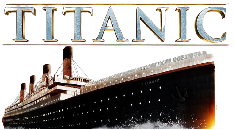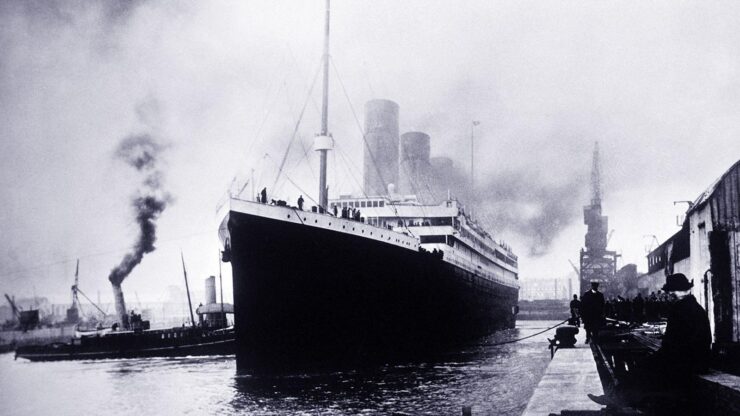One of the world’s most notorious liners departed from Southampton on April 10, 1912, but never made it to its destination in New York City. The Titanic sank in the ocean 5 days after its departure. An unforeseen clash with an iceberg during a passenger voyage resulted in around 1,500 deaths among both passengers and the ship’s crew, making it one of the most tragic and deadliest disasters in our history.
Now, after over 110 years since the tragedy, the Titanic still drives public attention. The liner has imprinted its name in the culture and history of the entire globe. Its legacy has terrified and inspired us. And most importantly, it has taught us a wealth of valuable lessons.
The lessons Titanic taught us are now sealed into the modern maritime sector. So, if you are currently pursuing a degree in this field, you definitely need to know more. You might lack time to delve into this complex and lengthy story due to a hefty academic load. That’s well understood. Luckily, you can always find experts on DoMyEssay to write my literature review for me or delegate other assignments and save more time for self-learning. In the meantime, let us introduce you to the topic and highlight some of the primary lessons from the Titanic that all maritime students must know.
Safety Lessons
The tragedy of the Titanic caused the deaths of over half of everyone present on the liner, which showed relevant experts and the public that prior safety regulations were way too outdated. This initiated a set of significant reforms in the field of maritime safety, which are still enforced today.
Here are the top four safety lessons we’ve learned:
1. The Need for International Safety Agencies and Protocols
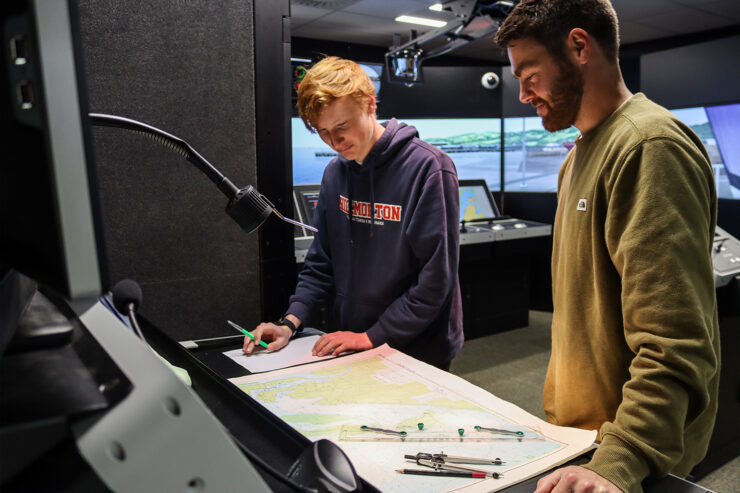
At the moment of the disaster of the Titanic, there was no international agency that would regulate the safety of seas and oceans across the world. Neither was there a universal safety protocol. This made it significantly harder to investigate and address the tragedy efficiently.
On November 12, 1913, the global authorities created the first-ever International Convention for the Safety of Life at Sea (also known as SOLAS) to ensure that the disaster doesn’t repeat. The convention has been revised six times after its establishment to keep its protocols up-to-date throughout the years. Later, in 2014, the United States Coast Guard also formed the International Ice Patrol meant to track the location of icebergs and report on potential hazards for transatlantic sea traffic.
2. The Need for Newer Safety Standards and Regulations
Back in 1912, the Board of Trade had no standards and regulations for ships as large as the Titanic. The previous requirement was adopted in the 1894 Merchant Shipping Act, which stated that the number of lifeboats should be proportional to the gross tonnage of the ship. This rule worked just fine for ships up to 10,000 tons, for which 16 lifeboats were typically enough. However, the about 46,000-ton Titanic with 20 lifeboats only supplied enough boats and jackets for only half of its maximum number of passengers. And it wasn’t enough.
Now, international codes and standards require ships to carry a number of lifeboats/rafts that are enough to accommodate a minimum of 125% of the total number of passengers, including crew members.
3. The Need for Thorough Safety Training
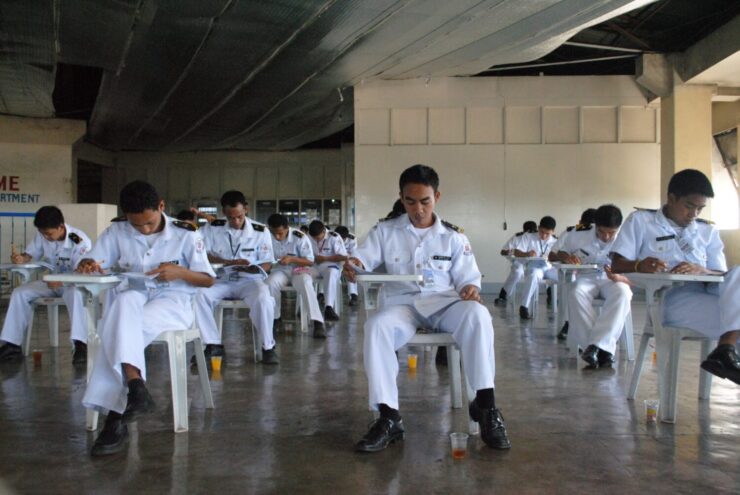
Although the Titanic carried 20 lifeboats, the number of survivors was significantly lower than it was supposed to be due to a lack of adequate training. According to the investigation materials, at least four lifeboats were filled to 50% of their capacity or even less – boats that were meant to accommodate 40 people only took 12. Unfortunately, the liner’s Captain Smith canceled the lifeboat drill that was scheduled for the exact day of the tragedy. Needless to say, if this training had taken place on that day, it could’ve saved many lives.
This lesson also significantly affected the maritime sector. Now, SOLAS has a very strict set of rules and regulations for mandatory inspections, maintenance, and operational readiness of lifeboats, as well as mandatory emergency training and drills.
4. The Need for Timely Emergency Response
On the day of the tragedy, there was another ship called the Californian that was only around 30 miles away from the Titanic. The investigations of the U.S. Senate Subcommittee and the British Board of Trade both confirmed that this other ship had heard emergency messages and saw flares. Nevertheless, its captain decided to go back to sleep instead of responding to an emergency. A timely response could’ve saved at least some of the 700 people floating in the water and waiting for three hours for the Carpathia to arrive and pick them up.
To address this problem, the governments of the U.S. and UK implemented the Vessel Emergency Response Plans that regulate the training and emergency response from nearby ships.
Engineering and Architectural Lessons

Although there were many safety omissions, the tragedy of the Titanic wasn’t caused only by the negligence of security rules.
Here are some engineering lessons we’ve also learned from this catastrophe:
1. More Lifeboat Capacity
The sad example of the Titanic and the stricter safety regulations that followed prompted engineers to rethink ship design and ensure more lifeboat capacity.
2. The Need for Automation
As was stated in Shipbuilder magazine in 1911:
“The Captain may, by simply moving an electric switch, instantly close the doors throughout and make the vessel practically unsinkable.”
Although such quick-reacting security technologies sounded quite convincing at that time, the example of the Titanic, as well as other disasters, showed that excessive reliance on human intervention is a weak spot when it comes to real emergencies. This initiated a shift toward more automation in ship engineering, especially when it comes to security features.
3. Quality of Build
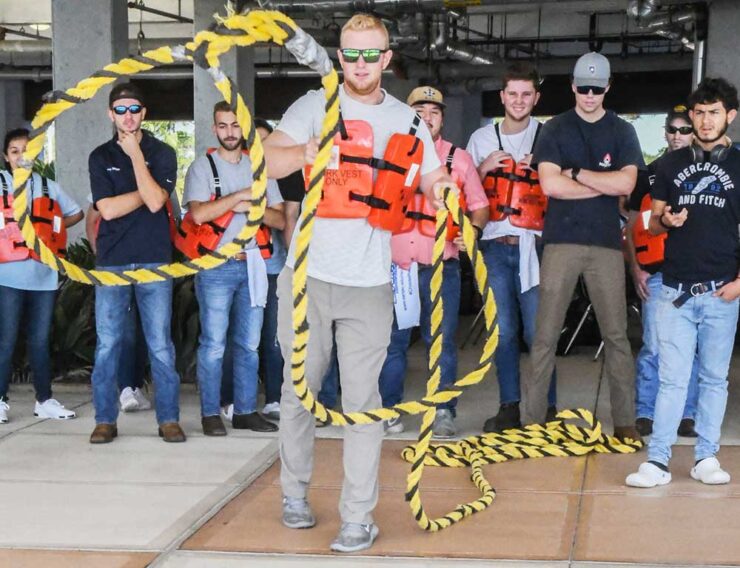
The Titanic builders used 3 million rivets to keep the hull’s plates intact. They used rivets made of high-concentrate slag, which can lead to splitting in the metal. Some experts claim that this was the cause of the massive damage the Titanic experienced after the impact of the iceberg.
This taught us another crucial lesson – the quality of build and materials are paramount. Now, there is a need for high-quality watertight compartments, durant materials, and thorough testing and evaluation of all components to ensure their sufficiency.
The Bottom Line
Of course, there are many other lessons that we didn’t cover in this guide. But you can always delegate your homework to professionals (check out the DoMyEssay review to learn more) to free up some time and discover all other aspects of this topic.
The route of the famous “unsinkable” liner became a huge tragedy that still drives attention and terrifies. Nevertheless, despite all the sorrows of this catastrophe, it also had a huge positive impact on the modern maritime industry. It made us rethink safety measures and the overall construction of ships. It’s the legacy everyone should know about.
